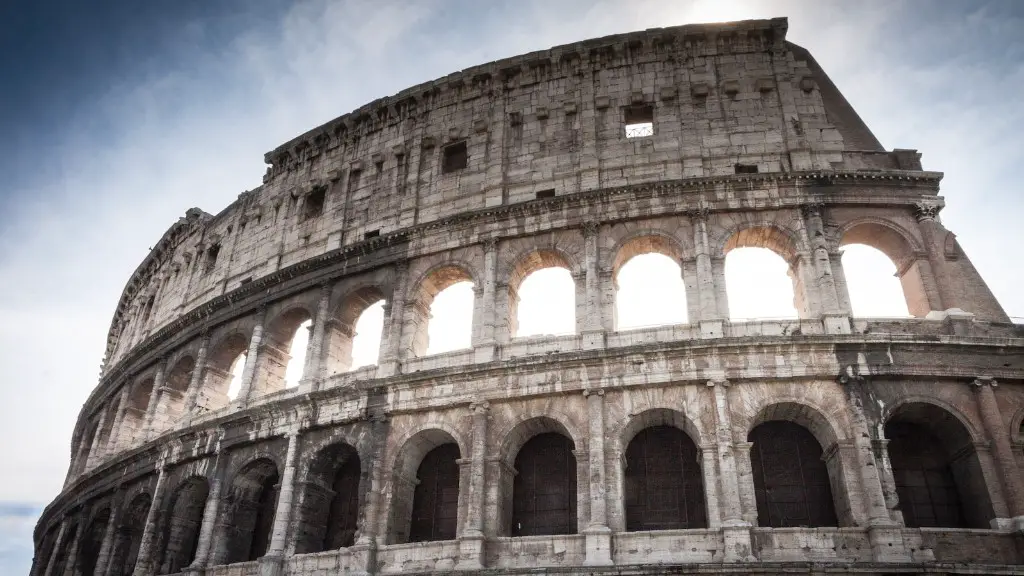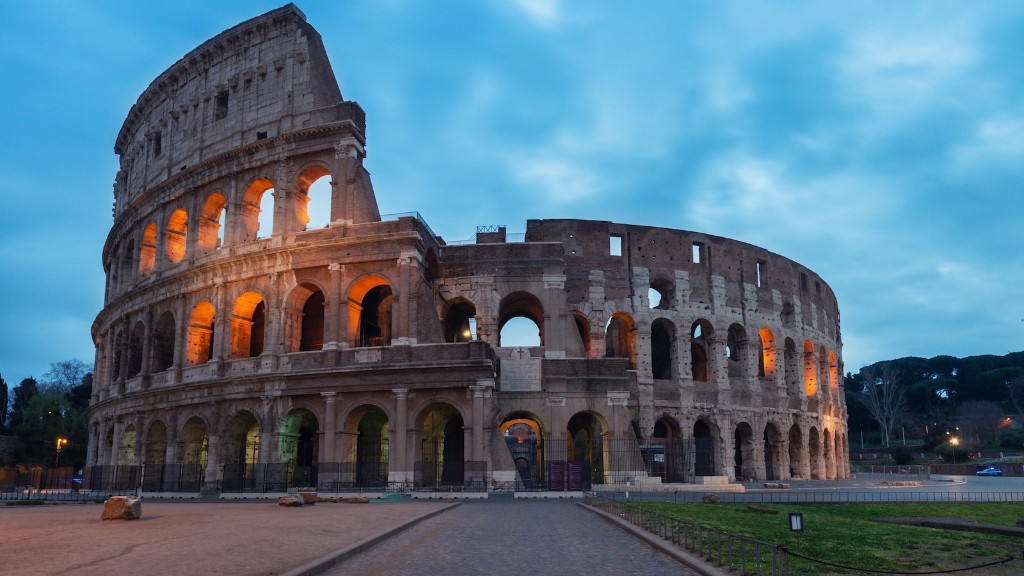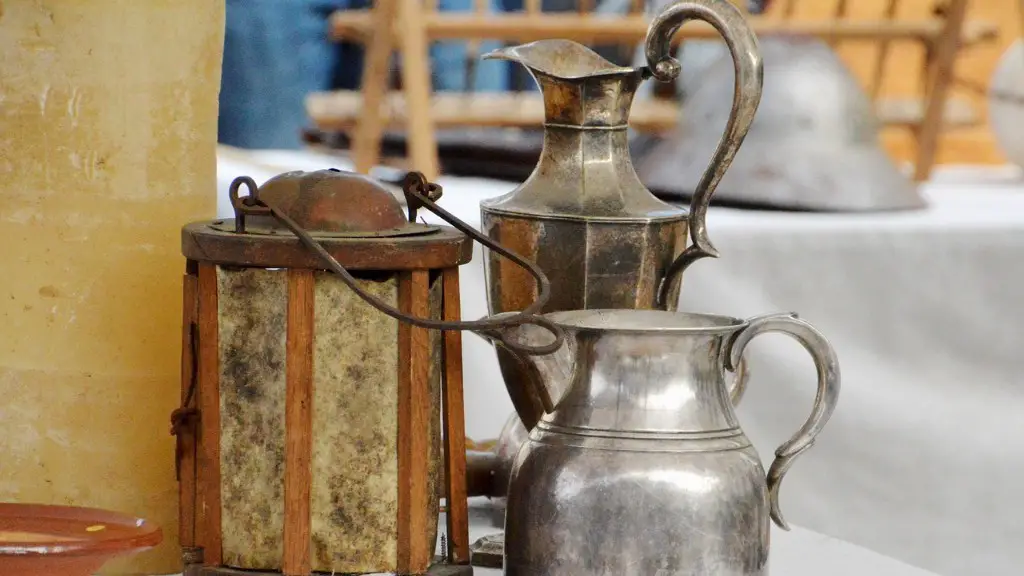Social Structures
Ancient Rome’s social structures were highly influential in the development of its society. The most influential aspect of Ancient Rome was the family structure. Families were the foundation of the Roman Republic, and the father was the head of the household. Roman society was a strictly hierarchical system, where the rights and responsibilities of the people varied based on their social rank. The patrician class was the ruling class, and people were born into this class or married into it. They held most of the political, military and religious power in the Republic. The plebian class was the largest class in Ancient Rome and had lower-ranking citizens. This class included artisans, tradespeople, farmers and merchants. These classes also included freed slaves, if they could afford to purchase their freedom. Ancient Rome also had a tradition of granting citizens – regardless of their class – the right to vote.
The Roman Republic
The Roman Republic was the form of government used by the Romans from 509 BC to 27 BC. It was an extensive period of time for the development of Ancient Rome. The Roman Republic was a government based on consent and governance by the wealthy ruling class. While the patricians were in charge, there was also a Senate and other legislative bodies that were tasked with developing laws as well as a legal system. The Senate was made up of representatives from the patrician class, while the other legislative bodies were mainly composed of plebeians. This system allowed for more direct representation among the plebeians, and it also allowed for a more spread out power structure.
Military Power
The Roman Republic used its military power to expand its influence around the Mediterranean. The military was able to conquer large territory, including parts of North Africa and the Middle East. This expansion helped increase the wealth of the Roman Republic, as well as create a large empire that could be taxed and controlled. Ancient Rome also used its military power to protect its territories and citizens, which helped increase their standard of living.
Architecture & Engineering
The architecture and engineering of Ancient Rome were some of the most impressive feats of the era. The Romans were highly skilled builders, engineers and architects, having invented the arch and other architectural designs. These advances in engineering allowed them to construct grand public buildings, monuments and arenas. They were also able to build a vast network of roads to connect the Roman Empire. This allowed for increased trade, communication and mobility of people and goods.
Cultural Developments
Ancient Rome was a developed culture that excelled in many facets. They had their own language, known as Latin, and also developed a writing system. The Romans were also able to create an advanced system of law and justice, as well as develop an intricate system of mythology and religion. They were also great patrons of the arts, with literature, music, theatre and other forms of entertainment playing an important role in Roman society.
Legacy of Ancient Rome
The legacy of Ancient Rome can still be seen today in many aspects of modern society. Their legacy includes advancements in law, engineering, architecture and language. Their legacy is also seen in the many aspects of modern society that derive from Roman culture, such as the Latin language, Roman mythology and traditions. Lastly, they are responsible for the spread of Christianity, which is now the dominant religion in many parts of the world.
Education
The Romans were keen on education and were aware of the importance of a well-educated citizenry. They had a system of public schools that provided educational opportunities for their citizens. They also provided educational opportunities for the wealthier classes, including opportunities to train as an orator, lawyer or politician. Furthermore, the Romans developed the field of scholarly study which included the study of philosophy, history and the sciences. The education system in Ancient Rome was highly influential in providing a foundation for the type of schooling we still use today.
Political Authority
The political authority in Ancient Rome was heavily centred around the Senate. The Senate was composed of representatives from the patrician class, who were in charge of creating laws and running the government. The Senate also held a great deal of power and influence and had the ability to pass laws and dictate policy. The Roman Republic was an example of a society that had a system of governance that allowed authority to be distributed among the citizens. This system helped create a balance between the wealthy patrician class and the rest of the citizenry.
Economic Systems
The economics of Ancient Rome was based on the idea of debt slavery. Debt slavery was a form of indentured servitude which allowed landowners to pay debts by exchanging their service for agricultural labour. This was how many people gained a source of income and contributed to the economic well being of the Republic. Businesses and trading also played an important role in Ancient Rome’s economic system. The Romans had a system of taxation which allowed them to increase their income and build large public works projects, such as the aqueducts and roads.
Religion and Philosophy
Religion and philosophy were two integral parts of Ancient Rome. The Romans were followers of the state religion, which was called the ‘Roman Way.’ This religion was heavily centred around worshipping the gods of Rome, such as Saturn and Jupiter. The Romans also believed in a life after death and believed that the gods had a significant influence on their lives. They also had a strong belief in fate and destiny, which was heavily intertwined with religion.
Philosophy was also a major part of Ancient Rome. The Romans valued wisdom, and their philosophers sought to impart this knowledge to the next generation. They were some of the first to develop a system of ethics, law and justice, which has been adopted by many modern societies. They also sought to understand the workings of the universe, develop systems of logic and debate, and explore concepts such as free will.
Arts and Entertainment
The arts and entertainment of Ancient Rome were also important aspects of their culture. They developed a variety of genres of literature, music and theatre, which were often performed in amphitheatres. They were inspired by tales of adventure and heroes, as well as stories of gods and goddesses. They also liked to stage plays and gladiatorial games, which were a source of entertainment for the masses. Visual art was also popular in Ancient Rome, with mosaics, statues and paintings.
Influence on Society
The influence of Ancient Rome on society is still pervasive today. Their culture has had a great influence on modern laws, philosophy and religion, as well as their engineering and architecture. Ancient Rome has also been a major source of inspiration for literature, art and entertainment. This legacy has been so extensive that it still shapes many aspects of our lives today.



